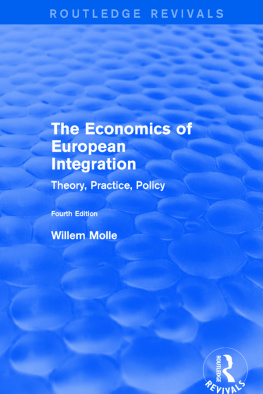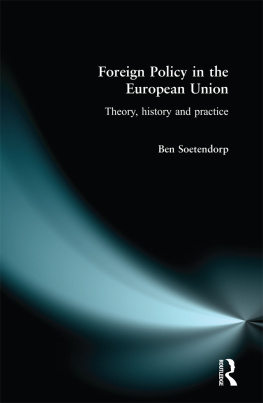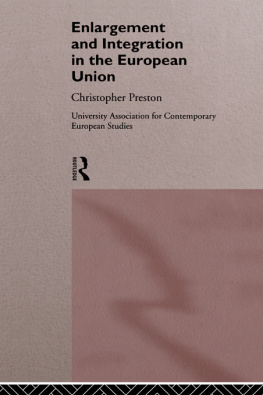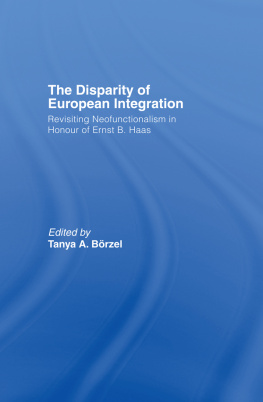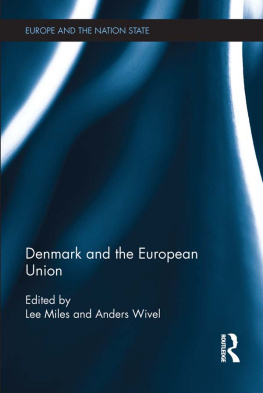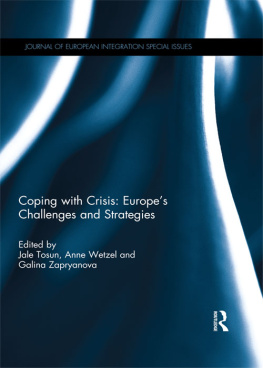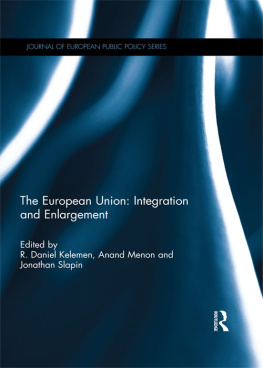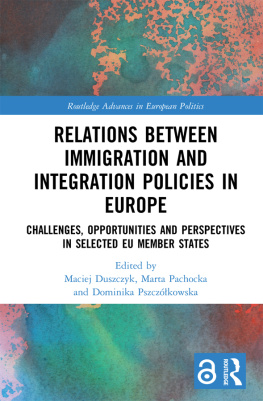Objectives
Progressive integration has been one of the most characteristic aspects of economic development in the last few decades, worldwide and in Europe, where it has found expression notably in the European Union (EU). The EU has had a direct and profound influence on the economy of member states and third countries.
Much has been written about European economic integration. In the 1950s and 1960s, the discussion on economic integration was concentrated on international economic relations, as witness the specialised books on the subject from that period. In the 1970s and 1980s, the idea of economic integration quickly spread to the economics of the sectors of economic activity (agriculture, energy, manufacturing, services, transport) and to such aspects as market regulation, macro-economic equilibrium, monetary control, regional equilibrium or social welfare. At the end of the 1980s and during the 1990s, the issue of monetary integration was central to the discussion on European economic integration. In this field and in all the other fields mentioned, the body of specialised literature has grown very rapidly to become a real avalanche in recent years.
To students of the economic integration process per se this abundant specialist literature is inconvenient. Indeed, as economic integration touches ever more areas of society, more and more people are confronted by the bewildering complexity of the functioning of the EU. The past decades have witnessed the publication of a fairly large number of books that try to help readers by offering a systematic analysis. Many of them focus merely on the description of EU policies, often without a critical analysis of their economic rationale and effects. Others are merely theoretical in nature, favouring a mathematical treatment of the material. The present book differentiates itself from the other titles in that it aims to:
select the most relevant aspects and developments;
place the wide variety of issues in a robust conceptual structure;
integrate theoretical developments with the results of empirical research and of policy analysis;
explain the logic of the dynamic processes;
describe the structural features of the European economy;
highlight the response of private companies to changes in the regulatory environment;
depict the historical developments so as to give a sound basis for the understanding of the present situation and the likely future development;
set the European developments in the light of global developments.
Three fundamental concepts
Integration
The expression economic integration covers a variety of notions.1 It may refer to the absorption of a company in a larger concern. It may have a spatial aspect, for instance if it refers to the integration of regional economies in a national one. In this book, the expression is always used with respect to international economic relations. The definition of integration that is used here is the gradual elimination of economic frontiers between independent states; as a result the economies of these states end up functioning as one entity.
Economic integration is not an objective in itself, but serves higher objectives, both of an economic and of a political nature.
Economic welfare. The prosperity of all participating countries is enhanced by overcoming the inefficiencies of nationally segmented economies through specialisation of production and through cooperation in policy making, the two basic elements of economic integration.
Peace. When countries become dependent upon each other as a result of economic integration this reduces the chance of armed conflicts between them.2
Democracy. If participation in a group that brings benefits through integration is made conditional on the existence of a parliamentary form of democracy, it is less likely that attempts to overthrow this system of government in a member country will stand much chance of success.
Human rights. In much the same way, the respect for human rights may be safeguarded if this is set as a precondition for participation in a scheme for economic integration.
In this book we will not go further into the last three objectives, which are of a political nature; we will henceforth concentrate on the economic objective.3
The term economic integration can be interpreted in two senses. In a dynamic sense, it is the process whereby economic frontiers between member states are gradually eliminated (that is to say, whereby national discrimination is abolished), with the formerly separate national economic entities gradually merging into a larger whole. In a static sense, it is the situation in which national components of a larger economic zone function together as one entity. The dynamic interpretation is the more usual, and the one to be used in this book. Of course, the static meaning of the expression will apply in full once the integration process has passed through its stages and reached its object.

